Epoxy flooring and polished concrete are the two main contenders for homeowners looking to revamp their floors. Although there are certain similarities between these two materials, there are also some stark differences.
Let’s get started by learning more about each material.
Epoxy Flooring
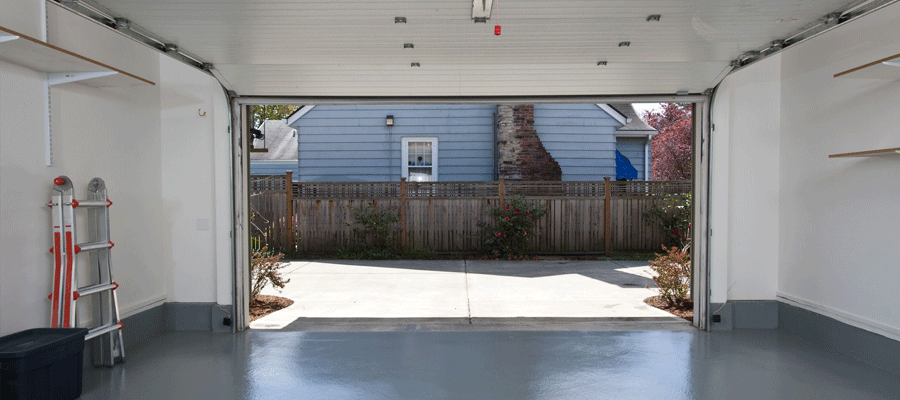
Made from a combination of resin and hardeners, epoxy is flexible and tough enough to withstand heavy traffic areas such as warehouses and garages. It can be poured or sprayed onto different surfaces such as aggregate or fiberglass backer boards for easy installation. Once dried, epoxy paint coats everything in a durable layer that can resist damage from oil, gas, and water spills, among other things.
One of the biggest benefits of using an epoxy coating is that it has a low VOC rating. In fact, epoxy is inherently low in volatile organic compounds (VOCs) and does not give off any harmful emissions when applied to the surface. This means you won’t have to worry about your family inhaling unhealthy chemicals from the air when using an epoxy coating.
Epoxy also has a harder finish that resists scratching and fading compared to other flooring options. It’s a versatile option, as it can be used with radiant heat systems if installed over a concrete slab foundation.
Pros of Choosing Epoxy Flooring
· Low VOC rating
· Durable and scratch-resistant
Cons of Choosing Epoxy Flooring
· Tend to be more expensive than other types of flooring
Polished Concrete
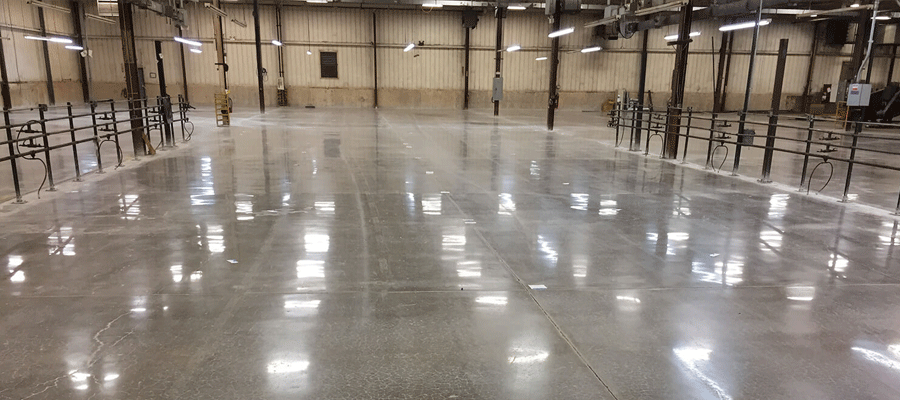
Another highly popular option for homeowners is polished concrete. Like epoxy, polished concrete floors feature a durable finish that can resist damage from dirt and spills. It has a nice appearance, with the exception of the seams, which may need some additional attention. But what exactly makes this material stand out from other types?
Polished concrete is a combination of fine aggregate and a binder known as a resin. It’s applied in coats until it reaches the desired thickness, which is then ground down to achieve an ultra-smooth surface that allows the color or pattern to take shape. Like epoxy coatings, polished concrete can be poured over an existing floor if need be — the result is stunning with seamless coverage.
Pros of Choosing Polished Concrete Floors
· Seamless look ideal for any style or design
· Can be applied over different surfaces, including wood, metal, and cement slabs
Cons of Choosing Polished Concrete Floors
· Includes seams so may not be ideal for high traffic areas
· Harder to clean compared to epoxy coatings
Common Installation Areas for Epoxy Flooring
With epoxy flooring, you can use the material in garages, warehouses, patios, and even workshops. The finish makes it ideal for these areas because it’s resistant to oil stains, water spills, foot traffic, and other things that cause wear. Some of the most common installation areas include:
Garages: The garage is one of the most trafficked areas in a home, which means you need a strong floor that can withstand this type of wear and tear. Epoxy coatings are a great option for garages because it’s not only durable but also easy to clean.
Warehouses: Warehouses face similar challenges as garages when it comes to high traffic, spills, and other things that require specialized protection. As such, epoxy flooring is typically used in warehouses thanks to its ability to resist these types of conditions.
Patios: Whether they’re made from concrete or brick pavers, patios typically come with seams that allow grass to grow through or chips along the edges. An epoxy coating makes it easier to fill gaps and cover any existing damage.
Workshops: Some workshops are equipped with tools that make deep scratches or dents on floors, which can be annoying to clean up. Epoxy flooring is designed to resist these types of marks and other damaging conditions for a sleek finish.
Common Installation Areas for Polished Concrete Floors
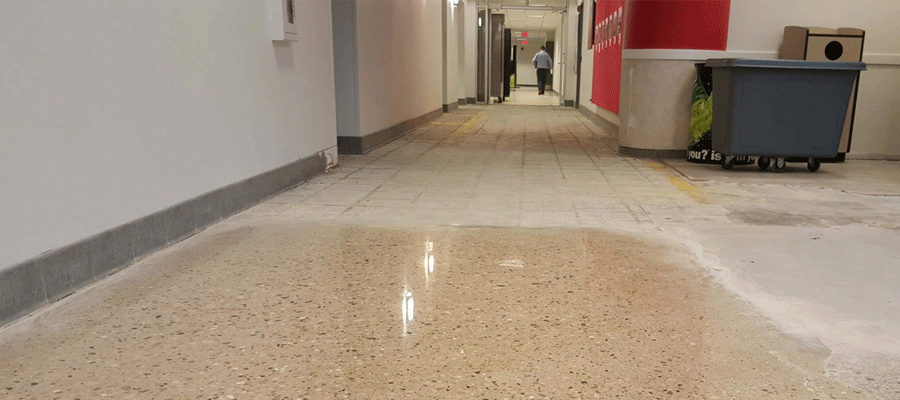
Besides the garage and warehouse, polished concrete is used in areas like patios, offices, basements, utility rooms, garages (covered), and even bathrooms. The material itself isn’t affected by moisture, so it’s great for high traffic spaces that are often exposed to water spills or humidity. This also makes it an ideal choice for basement floors since they’re typically damp due to humidity from showers above them. Some of the most common installation areas include:
Basements: Basements need a floor that can resist moisture and humidity, which means polished concrete is typically the best choice. In fact, this material may be used throughout basements to create a uniform appearance.
Offices: Because offices are normally located in large buildings, it’s important to choose a flooring material that doesn’t conduct static electricity. A major benefit of using polished concrete in an office is its ability to resist static so things like computers and paper won’t get damaged by it.
Garages: As mentioned earlier, epoxy coatings are often used in garages because the material is resistant to oil stains, water spills, high traffic, and other things that can damage floors. If you’d prefer a more polished look for your garage floor, you might want to choose polished concrete instead.
The Main Differences Between Epoxy and Polished Concrete
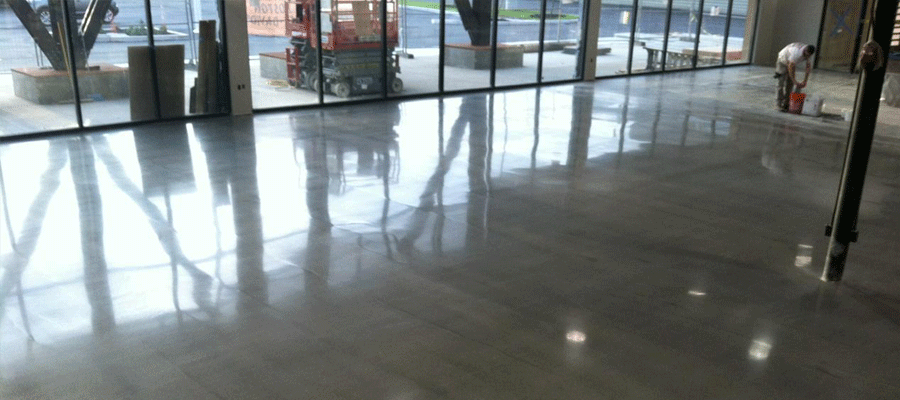
Besides the fact that polished concrete is less glossy than epoxy, it may be difficult to find major differences between these two materials. However, there are a few things that set them apart, including hardness, price, and appearance.
Hardness
All in all, polished concrete floors are considered harder compared to epoxy coatings. This means they’re more resistant to scratches and other types of wear, even though both materials offer maximum wear resistance when applied correctly. The life expectancy for both options will depend on proper installation, but polished concrete typically lasts longer since it’s much harder than epoxy floors.
Price
The price depends on factors like budget limitations, the amount of floor space being covered by the material, added extras you want to be included with your order (edging, stamping, etc.), and installation costs. Generally, epoxy coatings are cheaper than polished concrete, although these prices can vary depending on the material you choose and other factors.
Appearance
The main difference between epoxy and polished concrete is in their appearance since they’re both intended to create a sleek and modernized look for your floor. However, polished concrete comes with a much glossier finish which gives it an elegant touch when compared to epoxy floors. This is why some people choose one over the other because of personal preference for how shiny or glossy they want their floors to appear.
Conclusion: Epoxy vs. Polished Concrete
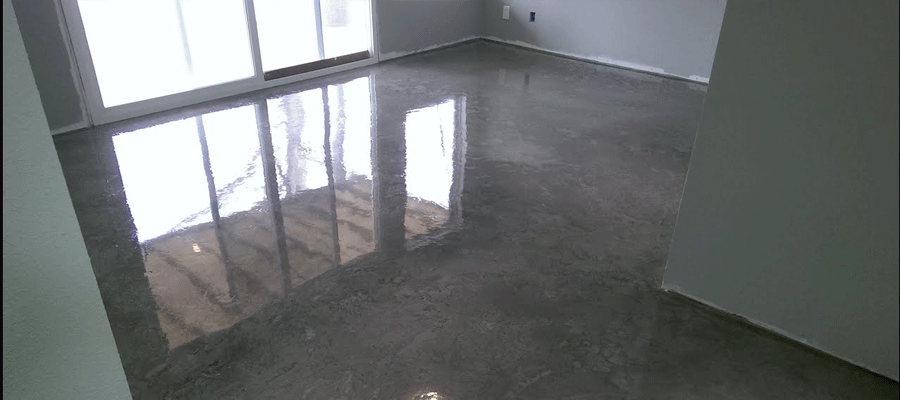
When choosing between epoxy flooring and polished concrete, there are many things to consider, including the appearance and hardness of each material. Epoxy is easier to clean and maintain, which is beneficial in areas like workshops and garages where you want a sleek finish that resists dirt and other conditions.
Polished concrete is also a great option if you want a modernized look for your floor. It’s typically harder than epoxy floors, but it also comes with a much glossier finish that makes it ideal for kitchens, bathrooms, and other areas where the material will come in contact with water frequently.
If you’re interested in either type of flooring, don’t hesitate to contact one of our experts at Epoxy Flooring Austin who can help you choose the best material for your needs! Whether epoxy or polished concrete is better for your project, we’ll be happy to walk you through each option and answer any questions you might have about them.
